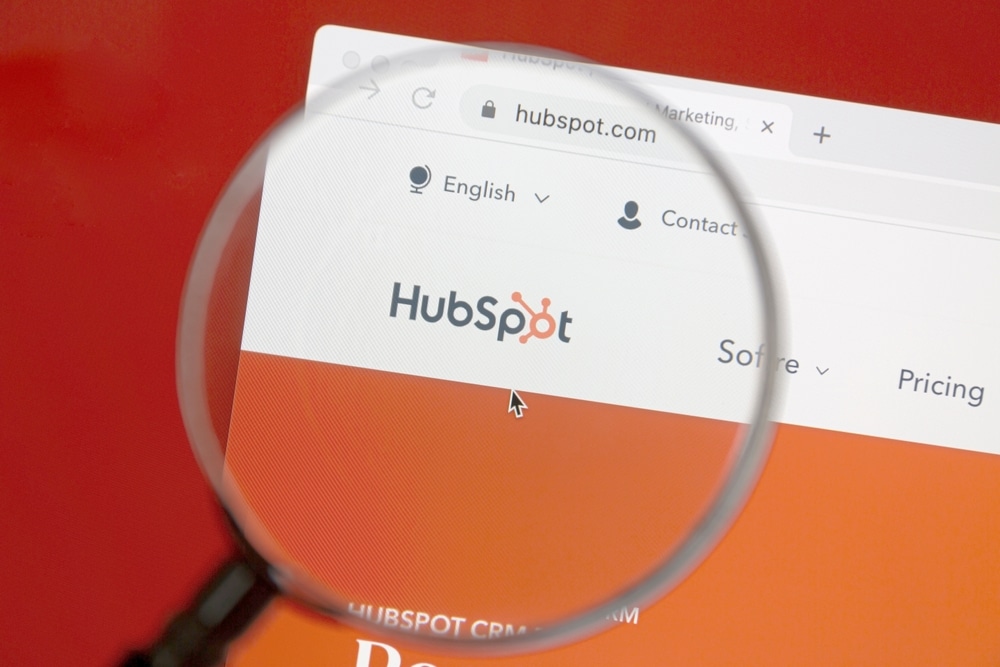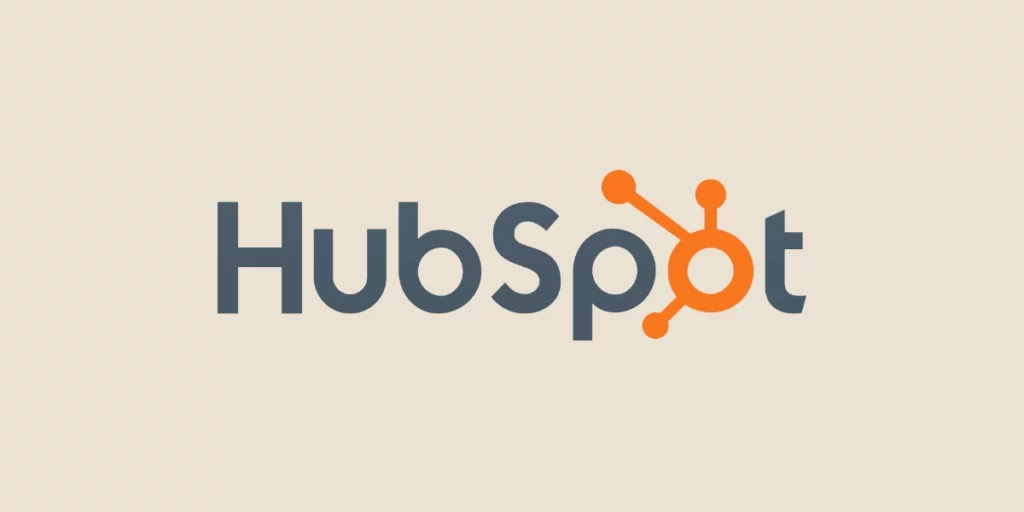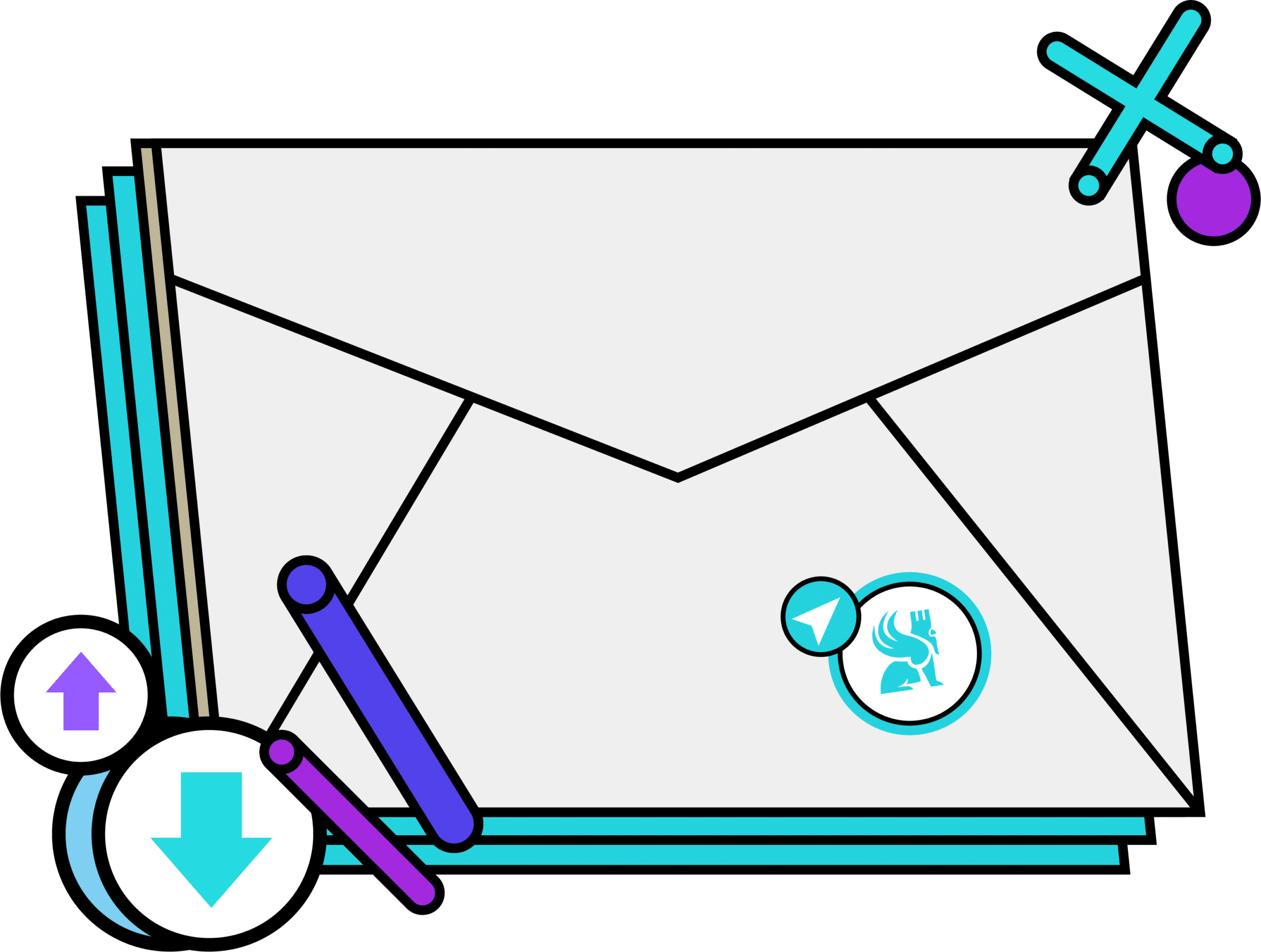HubSpot is a platform that combines CRM, intelligent automation, centralized data management, and an ultra-intuitive experience. It simplifies the management of the sales pipeline and boosts performance. Discover its strengths and learn how to master it!
Marketing and sales are very much like piloting a plane. You need a clear vision of the route, synchronized instruments, and real-time course adjustments. When each team uses its own tools, it’s like trying to fly with an engine on one wing and a propeller on the other. It’s neither efficient nor smooth. Facing these challenges, HubSpot positions itself as a control tower that unites marketing, sales, and customer service into a single platform.
A platform designed for growth
HubSpot is more than just another CRM. Its core is inbound marketing: an approach that replaces intrusive prospecting with strategies that naturally attract prospects through relevant content.
Forget ineffective cold calls and untargeted mass campaigns! With HubSpot, everything revolves around a well-coordinated cycle: attract, engage, convert, and retain. What sets this platform apart is its integrated ecosystem. Instead of piling on disjointed tools that don’t communicate well, HubSpot unites marketing, sales, customer service, and website management into one cohesive platform.
The result? A 360° customer view, where every interaction is tracked and analyzed in real-time. Another strength is its advanced automation. With just a few clicks, you can create personalized campaigns, send targeted emails, automatically assign leads to salespeople, or initiate actions based on prospect behavior.
The goal is to save time, maximize efficiency, and miss no opportunity. Think of HubSpot as the digital backbone that allows companies to streamline growth by reducing friction between their various teams. But how do its modules tangibly change the user experience? Let’s explore this in the next chapter!

The Marketing Hub: a lead magnet
HubSpot doesn’t just centralize data. It offers a complete toolkit for each strategic aspect of the company. Each module can operate independently but shows its full potential when integrated with others.
The Marketing Hub, for example, automates the entire acquisition cycle and brings an end to fragmented campaigns with manual follow-ups. It provides a seamless editor for writing, optimizing, and publishing blog posts, web pages, and landing pages for content creation and SEO.
This module also automates campaigns through smart workflows, ensuring the right messages are sent at the perfect time to the intended audience. Its Lead Nurturing capabilities include scoring, segmentation, and retargeting to turn a mere visitor into a committed customer. There’s also an analytical dashboard with real-time KPIs to measure impact and fine-tune strategy.

Sales Hub, the salesperson's co-pilot
The Sales Hub transforms sales teams into highly effective units. Its ultra-intuitive CRM enables interaction tracking, data centralization, and automated reminders. It also provides automated follow-ups, with pre-programmed emails and follow-up sequences to ensure no lead is lost.
For advanced pipeline management, it offers a real-time view of each opportunity, with alerts for critical actions. Integrated communication tools allow instant calls, videoconferences, and emails directly from the platform.

Service Hub: retain to grow better
A satisfied customer is a returning customer who purchases more. The Service Hub enhances the post-sale experience with various tools. An intelligent ticket system ensures seamless request management and automatic prioritization. The knowledge base centralizes articles and dynamic FAQs to lessen incoming requests.
With feedback and customer satisfaction surveys, irritants can be identified to continuously improve customer service. Additionally, chatbots and instant messaging provide real-time support to promptly meet customer expectations.

CMS Hub and Operations Hub
The CMS Hub enables the creation and management of a high-performance website without coding, with native SEO optimization and advanced customization. Meanwhile, the Operations Hub ensures perfect data synchronization between HubSpot and other business tools while optimizing workflows with advanced automation. HubSpot acts as a true control tower connecting all parts of the business chain. But what truly sets it apart from its competitors?

Why does HubSpot appeal so much?
HubSpot’s ability to stand out against giants like Salesforce, Pipedrive, or Marketo isn’t by accident. Its success is built on three strategic pillars. First and foremost, its interface is user-friendly. Often, CRM tools are associated with complexity, requiring weeks of training before full utilization.
Yet, HubSpot defies this expectation with a fluid and accessible interface, where every action is intuitive. Even without expertise, you can automate campaigns, segment leads, and analyze performance with just a few clicks.
Secondly, the platform ensures perfect alignment between marketing and sales. In many companies, marketing and sales work in silos, leading to friction and missed opportunities.
This barrier is dismantled by HubSpot. Leads are scored and qualified automatically before being transferred to salespeople, with customer interactions centralized to avoid duplicates and unnecessary follow-ups. Sales teams thus have a complete view of the customer journey, making conversion easier with precise arguments.
The third pillar is its ultra-powerful automation, aimed at boosting productivity. Time-consuming tasks are automated, allowing focus on core activities. This includes emails, follow-ups, segmentation, and scoring. Everything runs in the background. The sales pipeline is updated automatically, minimizing time spent on administration.
Additionally, the reporting and dashboards are dynamic and customizable, providing real-time key insights. The outcome: less friction, greater efficiency, and an optimized sales cycle. So, is HubSpot the ideal solution for every company? Not necessarily. Its freemium model is attractive, but unlocking its full potential can be costly… let’s identify the businesses for whom this platform is truly a worthwhile investment!
HubSpot vs. the competition
As you’ve inferred: HubSpot excels through its versatility. But how does it compare to other market solutions? The competition is primarily against three rivals: Salesforce, Pipedrive, and Marketo.

HubSpot vs Salesforce: prioritizing user experience
Let’s begin with Salesforce. This CRM behemoth is a must for large companies, yet its powerful features come with complex configurations requiring a consultant’s intervention. HubSpot, however, takes the lead in several areas.
Where Salesforce demands weeks of training, HubSpot offers immediate usability, even for non-experts. Its workflows are simpler to create and manage. With smooth automation and swift execution, users spend less time configuring and more time taking action. Nonetheless, Salesforce remains more customizable and powerful for large entities with specific needs.
HubSpot vs Pipedrive: a more complete CRM
Pipedrive is tailored for small and medium-sized businesses seeking a simple CRM, excelling in sales pipeline management’s simplicity and efficiency. However, for marketing automation, nurturement, or integrated customer service, HubSpot’s robust ecosystem takes a significant lead.
HubSpot vs Marketo: a marketing showdown
Owned by Adobe, Marketo is a force in marketing automation, excelling in complex campaign management, particularly for B2B. However, it is less accessible and less intuitive than HubSpot, which capitalizes on a smooth interface and integrated CRM. For businesses seeking an all-in-one platform, HubSpot maintains the upper hand.
In summary, if you’re searching for a highly powerful and customizable solution, Salesforce is a serious contender. If a simple, effective CRM is your priority, Pipedrive does the job. For a purely marketing-oriented tool, Marketo is a viable option. But if you desire a complete, intuitive, and scalable platform, HubSpot checks all the boxes!
HubSpot: for whom and at what cost?
HubSpot’s major asset is its free version, which includes a functional CRM alongside some marketing utilities. It features the basic CRM, live chat, email tracking, and simplified reporting. It’s ideal for testing the platform commitment-free.
But when unlocking its full potential, prices can rise quickly! The Starter version, priced around €20 per month, offers basic automation and removes HubSpot branding. The Professional version jumps to €800 per month, providing advanced marketing automation tools, lead scoring, testing, and full campaign management.
The Enterprise version, at €3000 per month, introduces ultra-customizable features, advanced segmentation, and complex integrations. To harness HubSpot’s full power, the Professional subscription is necessary. However, for an SME, this could be a financial hurdle…
It’s an investment that appeals to growing startups and SMEs, as this accessible CRM supports growth without technical hurdles. For B2B companies with longer sales cycles, lead nurturing and marketing automation aid in converting prospects to clients.
Additionally, for businesses seeking marketing/sales unison, HubSpot facilitates collaboration and sales performance analysis. Conversely, for very small businesses with limited needs, HubSpot might be overly complex and costly. Solutions like Pipedrive or a simpler CRM could suffice.

HubSpot, the platform transforming acquisition into conversion
While not revolutionizing CRM, HubSpot reinvents its usage. Its integrated ecosystem, smooth user experience, and automation capabilities make it a powerful ally for businesses aiming to align their marketing, sales, and customer service.
While its cost might be a concern, the return on investment is tangible for fully leveraged structures. Less friction, more efficiency, and improved sales management are its main advantages.
To master HubSpot, consider choosing DataScientest. We provide training to help you utilize the market’s best CRM! With our practice-oriented approach, you’ll learn to navigate all the features of this versatile platform.
Upon course completion, you’ll become a genuine HubSpot expert with an official certification proving your skills. All our training can be completed remotely in BootCamp, sandwich course, or continuing education, and our organization is eligible for funding via CPF or France Travail. Discover DataScientest!
Now you’re well-acquainted with HubSpot. For more information on the subject, check out our comprehensive article on Salesforce and our general exploration of various CRMs.










